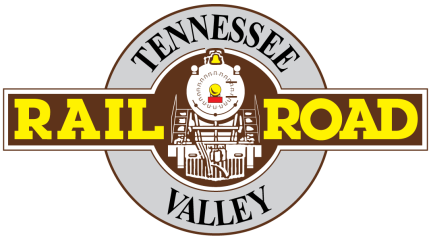THE ORIGINS AND EVOLUTION OF THE CHATTANOOGA CHOO CHOO
The Origins and Evolution of the Chattanooga Choo Choo
The story of the Chattanooga Choo Choo is a rich tapestry interwoven with history, music, and the transformation of a city. What began as a mere song eventually elevated Chattanooga, Tennessee, into an internationally recognized icon.
Origins of the Name
The Chattanooga Choo Choo initially referred to a wood-burning steam locomotive that commenced its journey in March 1880, bridging Cincinnati and Chattanooga. This train symbolized the first significant rail link between the South and the Midwest post-Civil War, marking a pivotal moment in the reconciliation and economic revival between these regions.
The Song That Changed Everything
However, it was not the train itself but Glenn Miller’s 1941 hit song “Chattanooga Choo Choo” that immortalized the name. This catchy tune romanticized rail travel, painting a picture of luxurious dining cars and scenic journeys. Despite its whimsical depiction, the song never described a real train route, yet it captured the imaginations of many, embedding Chattanooga into the cultural lexicon.
Chattanooga’s Rail Significance
The strategic location of Chattanooga made it a crucial rail hub in the late 19th and early 20th centuries. It connected the Midwest to the Deep South, facilitating significant economic growth. By the end of the 19th century, the city’s population had soared from a modest 2,100 at the end of the Civil War to around 25,000, driven by the burgeoning rail industry. Railroads brought not only passengers but also industry and commerce, transforming Chattanooga into a bustling urban center.
The Architectural Marvel
In response to the growing demands of rail travel, the Southern Railway announced a significant investment in the Chattanooga area in 1905. This included the construction of a new terminal to alleviate congestion and improve infrastructure. The architectural design of the new Terminal Station, completed in 1906, was a departure from the norm, reflecting French influences and showcasing the vision of architect Don Barber, a student of the Bozard Institute of Paris.
Impact and Legacy
Despite initial resistance from some locals who resented the noise, smoke, and disruptions caused by the railroads, the new terminal eventually became a symbol of progress and connectivity. The Chattanooga Choo Choo, through its various forms—song, train, station—represents a critical piece of American history. It highlights the transformative power of railroads in shaping cities and connecting regions, as well as the enduring influence of popular culture in defining and preserving historical legacies.
Addressing Reader Questions:
- How did the Chattanooga Choo Choo influence the local economy?
- The Chattanooga Choo Choo was pivotal in transforming Chattanooga into a major commercial hub, facilitating trade and industry growth post-Civil War.
- What inspired Glenn Miller to write the song?
- Glenn Miller’s song was inspired by the romanticism of rail travel and the historical significance of the railroads connecting the North and South.
- Is there a real train called the Chattanooga Choo Choo?
- While the song popularized the name, there was never a specific train named Chattanooga Choo Choo. It refers to a nickname and cultural symbol.
References and Further Reading:
